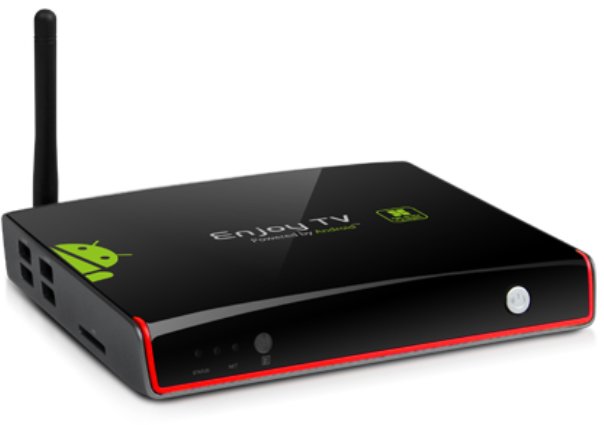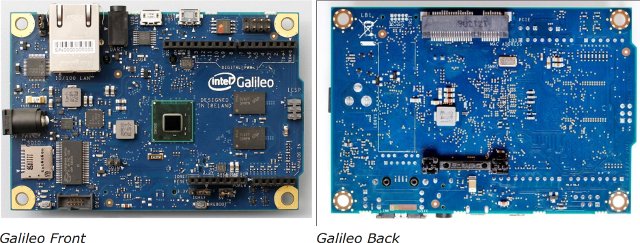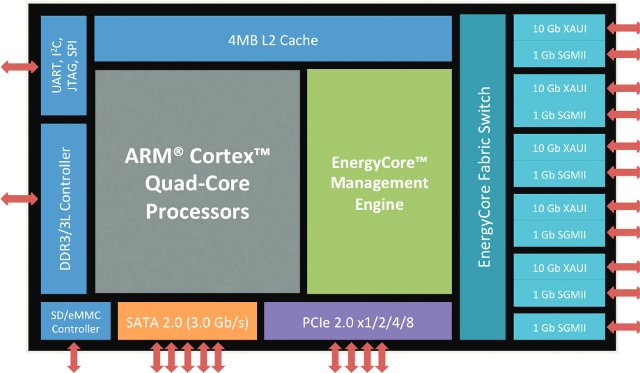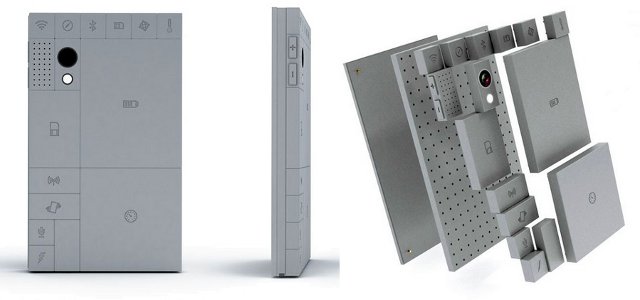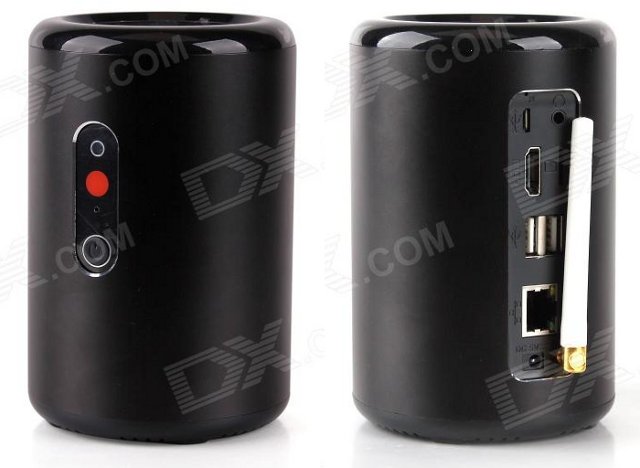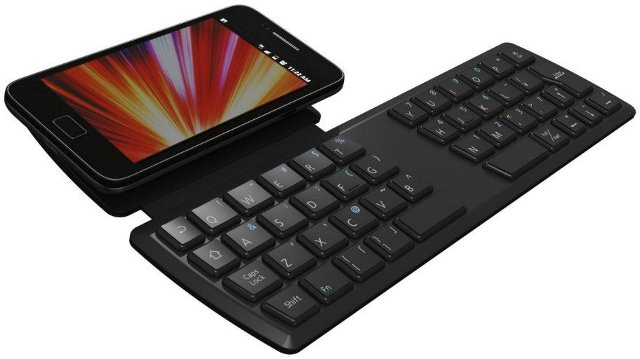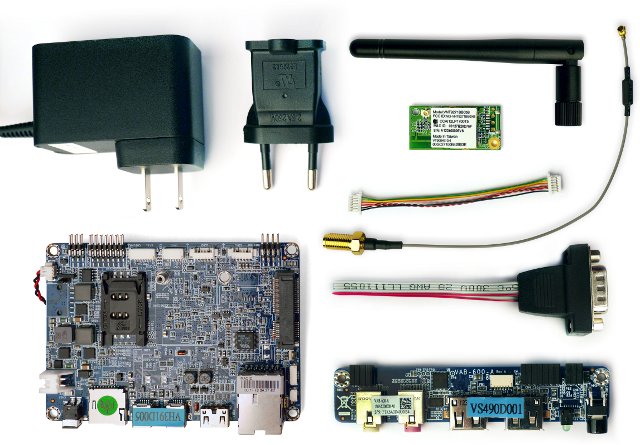A few months ago, we learned AMLogic was working on a Quad core Cortex A9 SoC with the new ARM Mali-450MP6 (8 cores) GPU called AML8726-M8. It turns out AML8726-M8 may not only be one processor, but a family of processors (M801, M802, M803, and M805) according to a recent article in Chinese. This SoC was going to be part of Geniatech ATV1800 Android STB, but specifications were not available. More details have now surfaced. Geniatech (aka Mygica) ATV1800 Enjoy TV Specifications: SoC – AMLogic M801 or M802 Quad core Cortex A9 @ 1.6 to 2.0 GHz + ARM Mali-450MP6 GPU System Memory – 2GB DDR3 Storage – 8GB NAND + microSD card slot Video Output – HDMI 1.4 up to 1080p, and composite Audio Output – HDMI, Stereo RCA output, and optical SPDIF (TBC) Connectivity – 10/100M Ethernet, built-in 802.11 b/g/n WiFi, and Bluetooth USB – 4 USB 2.0 […]
Android 4.4 KitKat on Galaxy Nexus – ROM, Linaro, and Petition
Google has already released the binaries for Android 4.4 “KitKat” for the Nexus 5, and images are coming for Nexus 4, Nexus 7, and Nexus 10, in the next few weeks. Source code is also available in AOSP (Android Open Source Project). However, even though KitKat has been optimized for older devices, the Galaxy Nexus won’t an official Android 4.4 released because it was released at the end of 2011, which is over the 18 months update window guaranteed by Google. Many people are upset about this decision, and several people have started working on KitKat for Galaxy Nexus. The Linaro team found a solution within minutes by going to the convenience store, and providing KitKat on Galaxy Nexus as shown below. However, usability was not really ideal, so they had some more work to do… In the meantime, Grabak, a developer and member of XDA Forums, provided an alpha […]
$69 Intel Gallileo Development Board Combines x86 Processor and Arduino Compatibility
After UDOO, a Linux development board powered by Freescale i.MX6 ARM Cortex 9 processor and an Atmel SAM3U MCU for Arduino compatibility, here’s another single board computer (SBC) that both runs Linux, and is claimed to be software and hardware compatible with shields designed for Arduino Uno R3: Intel Gallileo. Instead of using two ARM processors, the board is powered by Intel Quark SoC X1000, a 32-bit Pentium class SoC, that handles both Linux and I/Os. Intel Galileo Specifications: SoC – Intel Quark SoC X1000 @ 400MHz with 16 KBytes on-die L1 cache, 512 KBytes of on-die embedded SRAM, single thread, single core, constant speed, ACPI compatible CPU sleep states supported, and integrated Real Time Clock (RTC). Max TDP: 2.2W. System Memory – 256 MByte DRAM Storage – 8 MByte Legacy SPI Flash for bootloader and sketch + 11 KByte EEPROM + optional microSD card (Up to 32GB) Connectors: 10/100 […]
ARM Based Servers and Servers-on-a-Chip (SoCs) at ARM Techcon 2013
ARM Techcon 2013 took place on October 29 – 31, 2013, in Santa Clara, and several companies announced servers, or chips for server based on ARM technology. None of those are for home used, but for now ARM based servers target enterprise and cloud data. Yet end users may them indirectly when they access social networks such as Facebook, or other online services such as Paypal. Calxeda ECX-2000 SoC After their ECX-1000 quad core Cortex A9 Server-on-chip, Calxeda has announced ECX-2000 SoC featuring four Cortex A15 cores. The new SoC provides about twice the performance, 3 times the memory bandwidth, and 4 times the memory capacity (up to 16GB RAM) of the earlier chip. One of the key advantage of Cortex A15 over Cortex A9 is hardware virtualization that allows support for KVM and Xen hypervisors. ECX-2000 is supported in Canonical Ubuntu Linux 13.10 and can run Havana Openstack. Other […]
Motorola’s Project Ara Open Source Hardware Plaform for Modular Smartphones
A few months ago, I posted a video about “The Smarter Phone“, a concept smartphone that was supposed to be serviceable and upgradeable just like PCs used to be, in order to reduce e-waste among other things. Based on comments here and on Reddit, most people did not really believe the concept was feasible, practical or cost effective, myself included. Fast forward to September, a video about another concept modular smartphone called Phonebloks went viral with over 17 million views. The overall idea is basically the same, but this time there seems to be at least a mockup. Phonebloks features a base where you can attach blocks such as the display, a wifi module, processor module, bluetooth module and so on. It turns out Motorola’s Advanced Technology and Projects group has been working on something similar for a year with Project Ara, and they recently partnered with Phonebloks’ guys, since […]
$91 IPPLI Mars i8 is a Cylinder Shaped STB Based on Rockchip RK3188
Most of set-top boxes come with a casing with a rectangular shape. But some designs are more original: spaceship-like, spherical, or even in the shape of a pyramid. We’ve now got another option with IPPLI Mars i8, a media player based on Rockchip RK3188, that comes with a cylindrical enclosure. Here are the technical specifications of the device: SoC – Rockchip RK3188 quad core Cortex A9 @ 1.6 GHz + Mali-400MP4 System Memory – 2GB DDR3 Storage – 8GB NAND Flash + microSD slot (Up to 32GB) Connectivity: Wi-Fi 802.11 b/g/n with external Wi-Fi antenna. Bluetooth Bluetooth 2.1 + EDR 10/100M Ethernet Video Output – HDMI v1.4 up to 1080p Audio Output – HDMI, optical audio, and 3.5mm jack Camera – 2.0MP with microphone USB – 2 x USB 2.0 port, 1 x Mini USB (OTG) Dimensions – 8.5 cm x 8.5 cm x 13.0 cm Weight – 252 g […]
One2Touch Softpad C1 and S1 are NFC Keyboards for Android Devices
It’s pretty easy to find Bluetooth keyboards if you want to a keyboard to type more easily and faster on your phone. They have two small inconveniences however: they need to be paired, and need to be recharged. The first one is not really a problem, but the second can be. If your phone supports NFC, you can now get One2Touch Softpad C1 or S2 wireless keyboard using NFC technology. These do not require pairing, nor charging (but uses CR2025 batteries). Softpad S1 is similar to C1, expect there’s space in the middle of the keyboard to insert your phone. S1 has recently been (quickly) reviewed by Android Central. To make the keyboard work with your Android smartphone, you’ll need to download the drivers from Google Play, and you’re ready to go. You can watch the video below for some of the use cases with Softpad C1. I could not […]
VIA Announces $99 Springboard Platform for Android and Linux Development
Back in May 2013, VIA unveiled VAB-600 Pico-ITX board powered by WonderMedia WM8950 with an ARM Cortex A9 processor @ 800 MHz and a Mali-400 GPU. At the time they provided a starter kit with a 7″ display. The company has now announced the VIA Springboard Platform based on VAB-600 that is available without Wi-Fi for $99 or with Wi-Fi for $129. Here are the items included in the kits: VAB-600 Pico-ITX board with WM8950, 1GB DDR3 SDRAM, 4GB eMMC Flash memory and microSD slot. See VAB-600 post for detailed specifications. VIA VAB-600-A I/O extender card: 1 x Line-Out jack 1 x Mic-In jack 2 x USB 2.0 A-type ports 1 x Suspend LED power indicator 1 x Power On/Off button 3 x board-to-board connectors 1 x USB board-to-board connector VIA VNT9271 Springboard USB WiFi module (Wi-Fi Kit only) – Supports IEEE 802.11b/g/n standards and 802.11e WiFi Multimedia (WMM). Based […]


